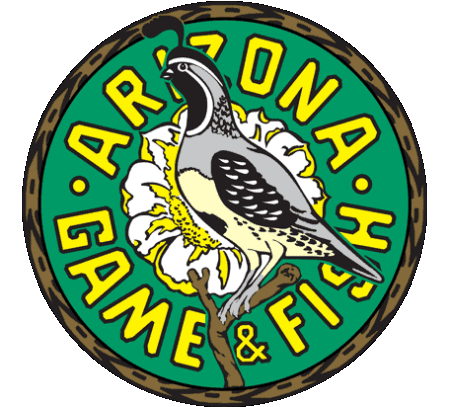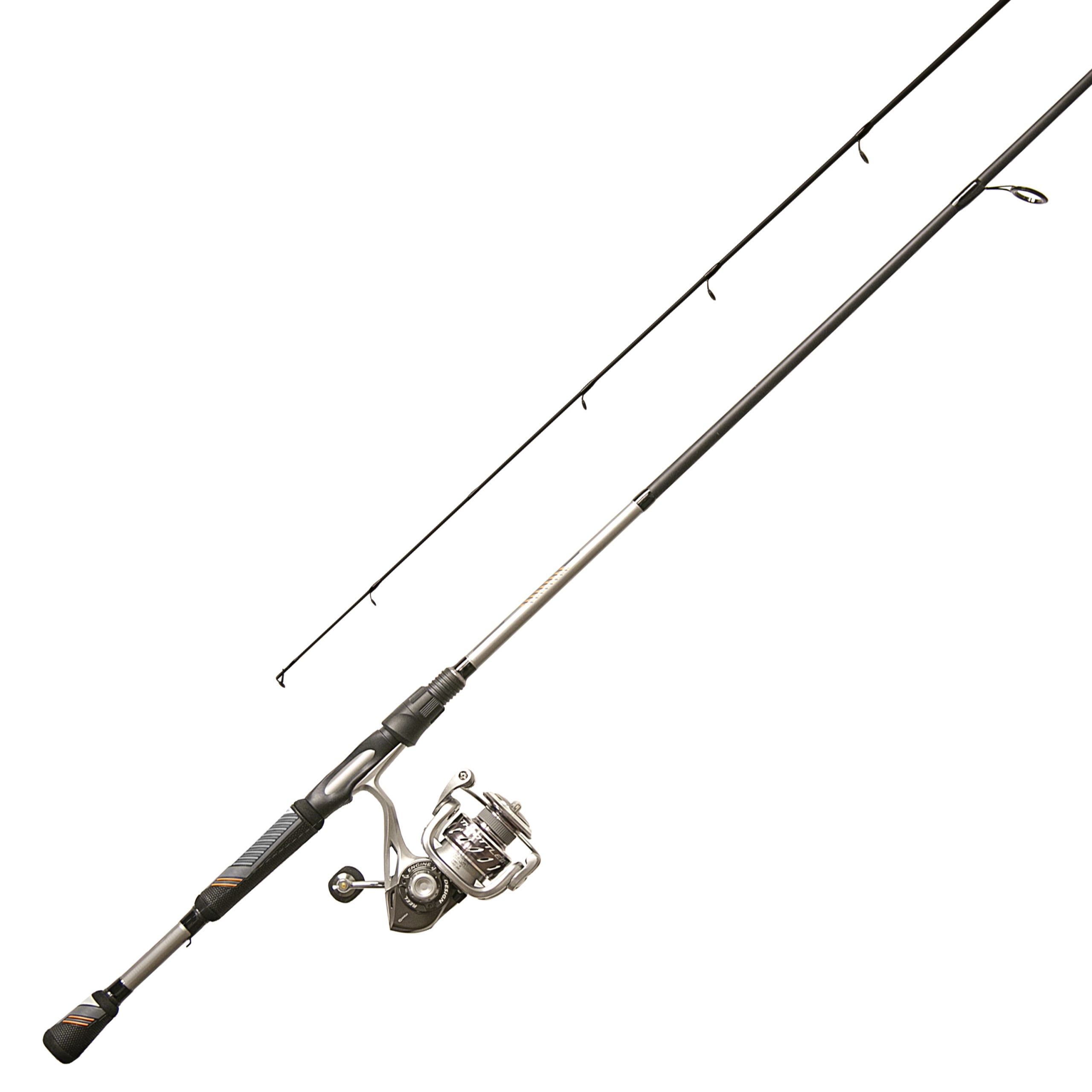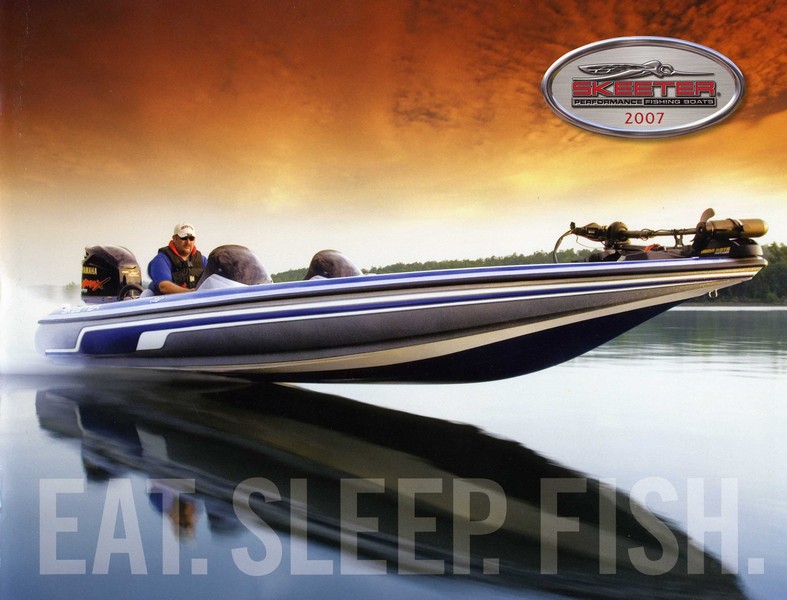Texas Rig Worm Fishing Basics – Lake Mohave
One of most effective ways of fishing shallow shoreline structures for largemouth black bass is using a Texas Rigged worm. The rig is designed for fishing shallow water with precision and thoroughness. Shallow water structures are any object in the shallow water that will hold bass. Some of these structures include: tree stumps, lay down logs, boat docks, bulk-heading, rocks, hydrilla lines, and drop offs.
The rig is very easy to cast with accuracy which is a must for shallow fishing. When casting at shallow water structure it is very important to lay the bait tight to the cover very quietly. The Texas Rig, when cast correctly, can be cast out near cover and land in the water without making a splash. Landing a worm around shallow water cover without making a splash can make the difference of catching fish or not catching fish. Black bass hide around the structure and will be easily spooked if a worm is not presented to the fish quietly.
Tying on a Texas Rig worm is very simple, however, there are a few tips that will give the bait better action. The rig includes a bullet weight, a number two worm hook, a toothpick, and a plastic worm. Start rigging the bait by running the line through the small end of the bullet weight. Slide the weight up the line and run the line through the eye of the hook. Tie the hook onto the line and clip the excess line with a pair of clippers. Next, take the weight and slide it down towards the hook. Take the toothpick and insert it into the big end of the bullet weight(the end facing the hook). Insert the toothpick as firmly as possibly and break it off in the weight. Use the clippers to remove any splinters that may be left.
Now it is time to rig the worm onto the hook. Take the hook and insert it into the head of the worm about a quarter of an inch. Bring the tip of the hook back out the worm and slide the worm up the shank of the hook. Now insert the tip of the hook into the body of the worm. Make sure that the tip of the hook is not pertruding the body of the worm. This will ensure that the bait is as weedless as possible. When the tip of the hook is protruding the bait tends to hang up on everything that it comes into contact with. Now that the bait is rigged onto the hook take the weight and slide it down to the head of the worm. The weight is rigged with a toothpick so that it is pegged to the head of the worm. With the toothpick inserted it will remain stationary on the head of the worm rather than sliding up and down the line. This gives the bait better action and also makes it easier to cast.
Keeping the weight pegged to head of the worm will make it easier to detect strikes. When the weight is allowed to slide every time the rod is lifted the weight hits the worm and it may feel like a strike at times. Pegging the weight will eliminate the false strikes and when a strike is detected there will no question that it is a fish.
Fishing the Texas Rigged worm requires extreme patience. The Texas Rig, like most other forms of worm fishing, must be fished extremely slow. “If you are fishing the worm slowly you are fishing the bait too fast”, is a phrase often used when teaching a beginner how to fish a plastic worm.
Suppose you just entered a small cove that you intend to fish by boat. In the cove there a several stumps that look as if they hold fish. Position your boat so that you are not too close to the stumps but also so that you are not out of casting range. Make your cast past the stump and let the bait fall to the bottom. Let the bait sit there for eight to ten seconds. Now lift the rod tip very slowly to eleven o’clock without reeling. If a strike is not detected, slowly lower the rod to nine o’clock reeling the up the slack line at the same time. Let the bait settle on the bottom for a few seconds and repeat the technique again. When the bait becomes close to the stump your concentration needs to be very focussed in order to detect a strike. The area around a stump or any other structure where a bass will be hiding is known as the “strike zone”. The strike zone is the area where a strike is most likely to occur. Keeping this thought in mind that fish will hit when the becomes close to a structure will allow you to put emphasis on the action of the bait when it is in the strike zone. When the bait enters the strike zone refocus your concentration on the bait and be very alert.
When a strike occurs a powerful hookset is necessary for landing a fish. Largemouth bass have a tough and hard jaw. A powerful hookset is necessary so that the hook penetrates and does not become extracted during a battle. To perform a correct and effective hookset there are two rules that must be followed. 1)Reel up any slack 2)Set the hook with plenty of power. When setting the hook you need to reel up the slack in the line and jerk back with the rod away from the fish. The rod must be jerked hard enough so that the hook will get deep penetration. – Lake Mohave








0 Comments